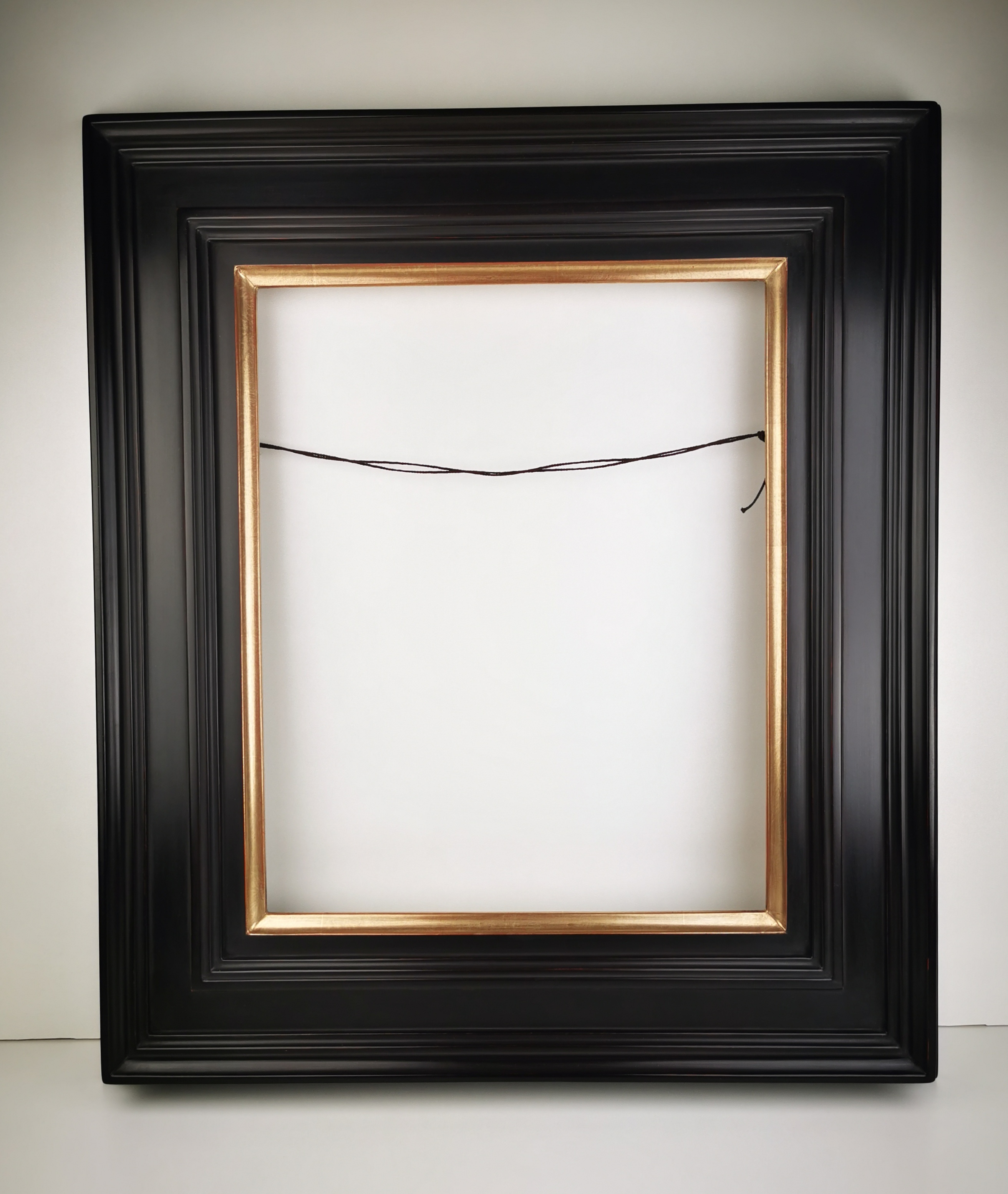In the world of gilding, genuine gold leaf has been esteemed for centuries as a noble, unchanging, and highly durable material. Over time, an alternative emerged: Dutch metal, which visually resembles gold but differs in composition, durability, and historical context.
History of Dutch Metal
Dutch metal, also known as "composition gold leaf" or "Schlagmetal," is a finely beaten brass alloy composed primarily of copper and zinc. Its use became widespread in the 18th century, particularly in the Netherlands and Germany, as a cost-effective substitute for gold leaf. The development of rolling technology enabled the production of thin sheets that found applications in frames, furniture, and theatrical decorations. The popularity of Dutch metal surged in the 19th century, aligning with the middle class's desire for opulent decor at a more accessible price point.
Comparing Gold Leaf and Dutch Metal
Genuine gold leaf, especially of high karat (e.g., 23 karat), is a noble metal that remains unaffected by air, moisture, and most chemical agents. Consequently, gilded items retain their freshness, luster, and color even after many years.
In contrast, Dutch metal, while offering a similar visual effect initially, is significantly less durable. The copper and zinc components are prone to oxidation over time, leading to darkening, patina formation, and loss of original shine. Protective lacquers can delay this process, but they may eventually crack or degrade, especially under fluctuating environmental conditions.
The Softness of Gold: A Gateway to Subtle Effects
One of gold leaf's unique attributes is its exceptional softness and malleability. This allows for gentle abrasion techniques that reveal the colorful clay (bole) layers beneath, creating nuanced tonal transitions and adding depth to decorations.
Furthermore, gold's softness permits polishing with agate stones—a process known as burnishing. This technique smooths and enhances the gold surface, imparting a mirror-like gloss and unparalleled smoothness. Such finishes are characteristic of traditional gilding methods and are unattainable with harder materials like Dutch metal.
Patina Formation: Gold vs. Dutch Metal
As a noble metal, gold does not corrode or oxidize, ensuring its surface remains unchanged for decades or even centuries. Should a patina develop, it enriches the piece's character without obscuring the metal's inherent brilliance.
Conversely, Dutch metal undergoes oxidation due to its copper and zinc content, resulting in a darker, often grayish hue. This tarnishing not only diminishes the initial luster but can also lead to surface degradation, particularly if not adequately protected.
Choosing the Right Material
Dutch metal serves as an excellent choice for projects prioritizing visual appeal and cost-effectiveness over long-term durability. However, for applications where resistance to color changes and unmatched longevity are paramount, genuine gold leaf remains the superior option, as evidenced by its enduring presence in art and architecture throughout history.
Both materials have their respective places and uses; the key lies in making an informed decision based on the project's requirements and desired longevity.
